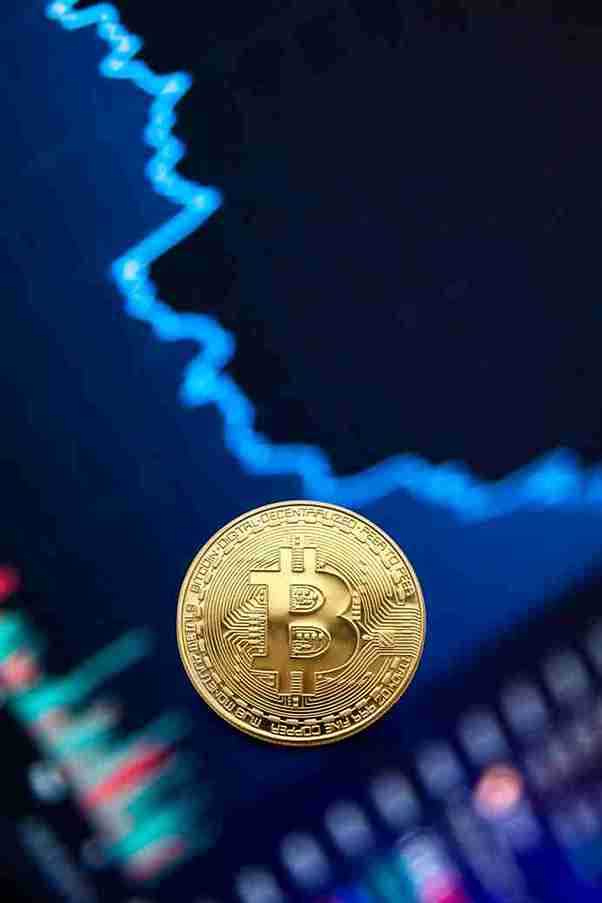Gold fever – a phenomenon that has fueled the dreams of adventurers, captivated the minds of prospectors, and shaped the landscapes of nations. In the annals of history, few commodities have held such a powerful allure as gold, the gleaming metal that symbolizes wealth, power, and opportunity. From the ancient civilizations of Egypt and Mesopotamia to the modern-day mining operations spanning continents, the pursuit of this precious metal has spawned countless tales of adventure, discovery, and fortune.
1. The Origins of Gold Fever
Unearthing the Mysteries
The origins of gold fever can be traced back to the dawn of civilization, where early humans were drawn to the shimmering metal that lay hidden beneath the earth’s surface. The allure of gold, with its lustrous beauty and inherent value, inspired awe and fascination among ancient cultures, driving them to seek out and extract this precious resource through primitive mining techniques.
Pioneers of the Gold Rush
The 19th century witnessed the dawn of one of the most iconic chapters in gold mining history – the Gold Rush era. It began with the discovery of gold nuggets at Sutter’s Mill in California, igniting a frenzy that would see thousands of prospectors flocking to the region in search of riches. The lure of instant wealth drew men and women from all walks of life, fueling a spirit of adventure and entrepreneurship that would leave an indelible mark on the American West.
2. The Modern-Day Quest for Gold
Innovations in Mining Technology
In the modern age, gold mining has evolved into a sophisticated industry, characterized by advanced extraction techniques and state-of-the-art machinery. From the mechanized open-pit mines of Australia to the high-tech underground operations of South Africa, miners employ a variety of methods to extract gold from the earth efficiently and safely.
Balancing Profit with Sustainability
However, the pursuit of gold is not without its challenges. The environmental impacts of mining, including habitat destruction, water pollution, and carbon emissions, pose significant risks to ecosystems and biodiversity. As a result, there is a growing emphasis on sustainable mining practices and environmental stewardship within the industry, with companies investing in technologies to reduce their ecological footprint and mitigate the impacts of their operations.
3. Global Gold Mining Hotspots
Riches of the Earth
Gold mining is a truly global endeavor, with significant deposits found on every continent. Regions such as Australia, South Africa, and the Americas boast rich reserves of gold, attracting investment and infrastructure development to support mining operations. Yet, mining in diverse terrains presents its own set of challenges, from the arid deserts of Australia to the dense jungles of South America, requiring miners to adapt their methods to suit the unique characteristics of each environment.
Economic Impacts and Market Dynamics
The gold mining industry plays a pivotal role in global economies, driving employment, investment, and trade. Fluctuations in gold prices can have far-reaching impacts, influencing currency values and investor sentiment worldwide. For investors, gold mining offers opportunities for wealth creation and portfolio diversification, but it is also subject to market volatility, regulatory risks, and geopolitical uncertainty.
4. Legends of the Gold Mines
Tales of Discovery and Triumph
The annals of gold mining are replete with tales of legendary discoveries and monumental setbacks. From the fabled Klondike Gold Rush to the infamous Bre-X scandal, each chapter in gold mining history is punctuated by moments of triumph and tragedy. Yet, amidst the glittering ore and towering machinery, it is the human stories that truly resonate – the migrant workers toiling in the mines, the communities built around mining towns, and the relentless pursuit of dreams against all odds.
Challenges and Opportunities Ahead
As we look to the future, the gold mining industry stands at a crossroads. Technological advancements are poised to revolutionize the way we extract and process gold, with innovations such as automation, robotics, and artificial intelligence increasing efficiency, reducing costs, and minimizing environmental impact. Yet, the challenges of sustainability, responsible practices, and equitable development remain ever-present, requiring a collective effort from industry stakeholders, governments, and civil society to address.
In conclusion, gold fever remains as potent today as it was in centuries past, driving men and women to venture into the depths of the earth in search of fortune and glory. The stories of gold mining adventures – from the historic Gold Rush era to the modern-day operations shaping the global economy – continue to captivate our imagination and inspire awe. As we navigate the complexities of the 21st century, it is imperative that we forge a future where the pursuit of gold is not just profitable but also sustainable and equitable for all.
FAQs
- What were some of the most significant gold rushes in history? The California Gold Rush of 1849, the Klondike Gold Rush of 1896, and the Witwatersrand Gold Rush in South Africa are among the most notable gold rushes in history.
- How does gold mining impact the environment? Gold mining can have significant environmental impacts, including habitat destruction, water pollution, and the release of toxic chemicals into the ecosystem.
- What role does technology play in modern gold mining? Technology plays a crucial role in modern gold mining, enabling miners to extract gold more efficiently, safely, and sustainably through innovations such as automation, remote sensing, and advanced processing techniques.
- Is gold mining a profitable industry? Gold mining can be a profitable industry, but it is subject to market fluctuations, regulatory risks, and operational challenges. Investors should carefully assess these factors before investing in mining ventures.
- How can gold mining contribute to sustainable development? Gold mining can contribute to sustainable development through responsible practices such as environmental stewardship, community engagement, and economic empowerment of local stakeholders.
